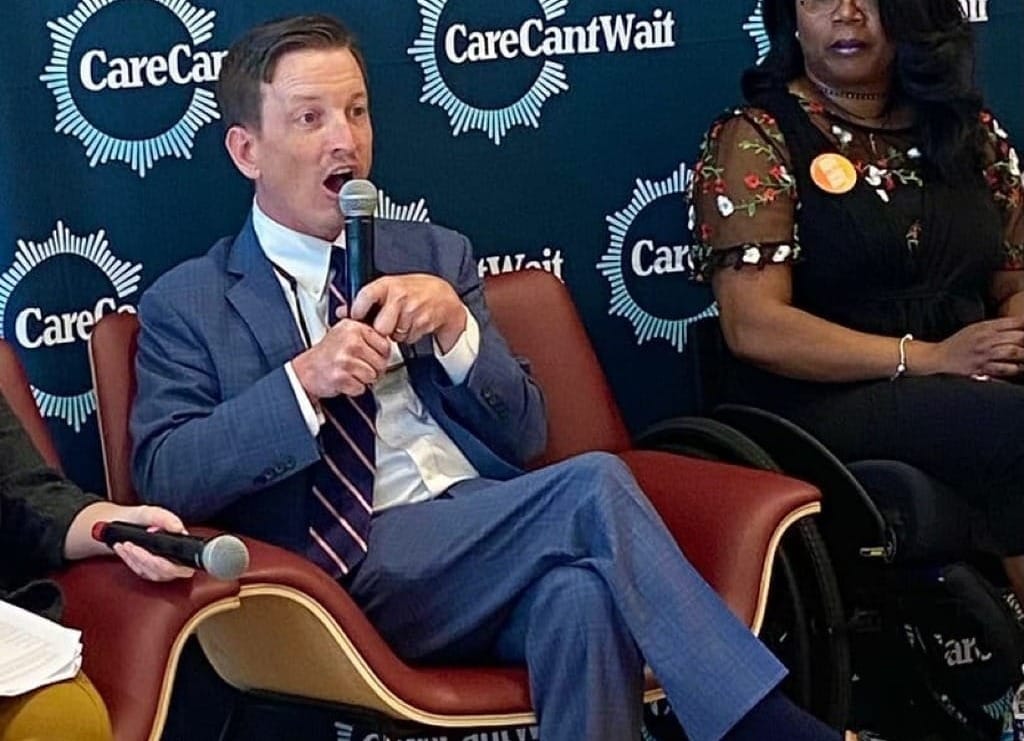Disabilities Group Seeks E-Rate Funding Beyond Hotspots
AAPD is asking FCC to fund assistive devices in schools
Ari Bertenthal

WASHINGTON, Oct. 8, 2024 - An organization in support of disabled individuals, including school children, is seeking additional federal aid to address the homework gap through the E-Rate program funding.
In a filing Friday, American Association of People with Disabilities (AAPD) Vice President of Policy Michael Lewis encouraged the Federal Communications Commission to expand the agency's E-Rate program to include several assistive devices that could allow students with disabilities the opportunity to take full advantage of their schooling.
Lewis specifically cited the loaning of Wi-Fi hotspots as a form of effective assistive technology for families of students with disabilities. But he also generally referred to other assistive technologies such as speech dictation devices, task-management software, assisted hearing programs and communication software, according to data collected by the Research and Training Center on Promoting Interventions for Community Living.
The E-Rate program spent $2.4 billion in 2023 to connect schools and libraries to the internet. The FCC recently allocated E-Rate money to allow students and library patrons to check out Wi-Fi hotspots.
AAPD did not detail specific technologies that would qualify as assistive technologies for people with disabilities.
Lewis in his FCC filing said that assistive technology afforded to students with disabilities through the Individuals with Disabilities Education Act was often restricted by schools to use only within the classroom. As a result, families of students with disabilities are more often than not required to pay out of pocket to acquire the assistive technology that the students needs to engage with an increasingly digital world.
According to Lewis, the substantial level of poverty felt by people with disabilities often means that they and their families were unable to afford the assistive technology that they need to ensure success in education.









Member discussion